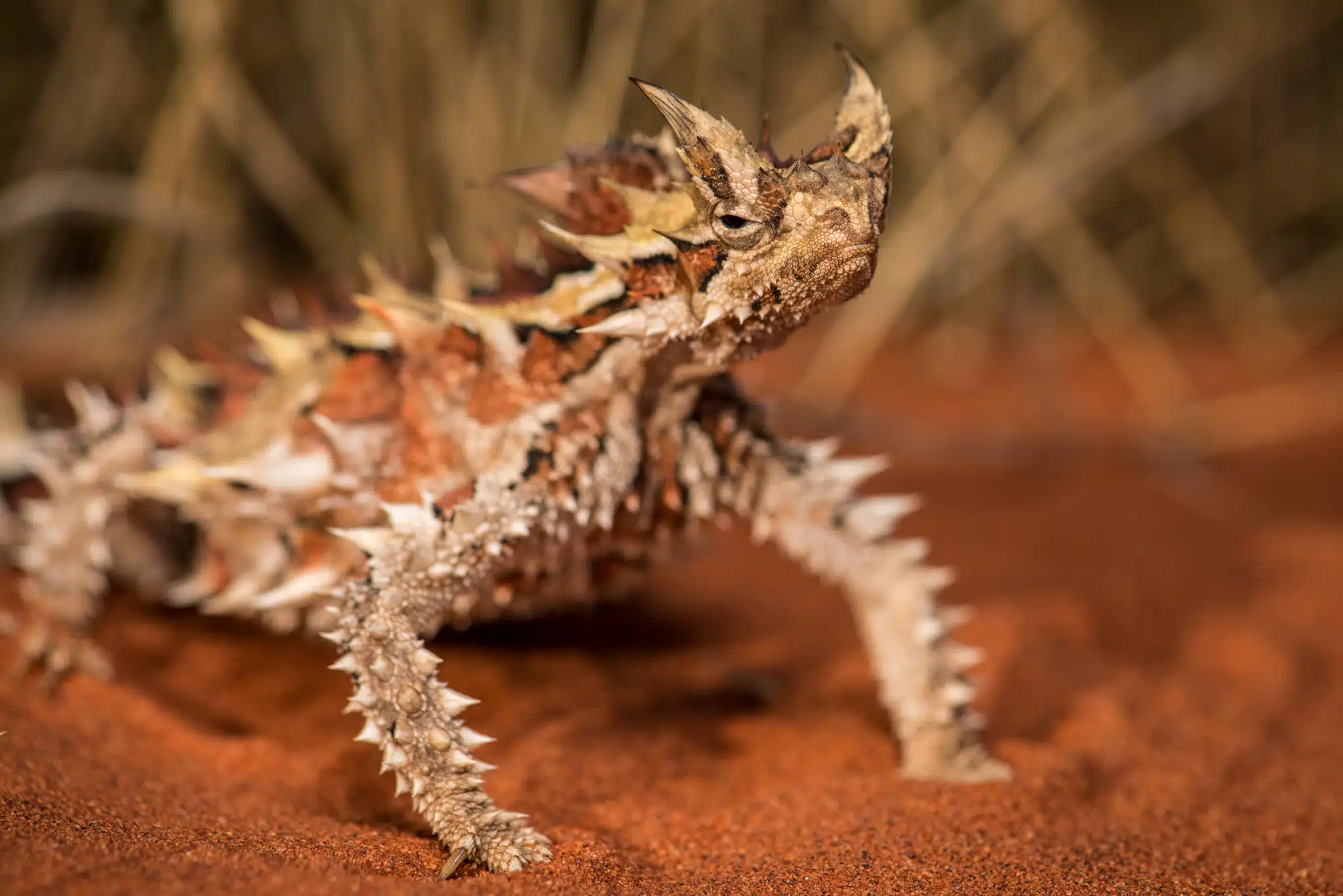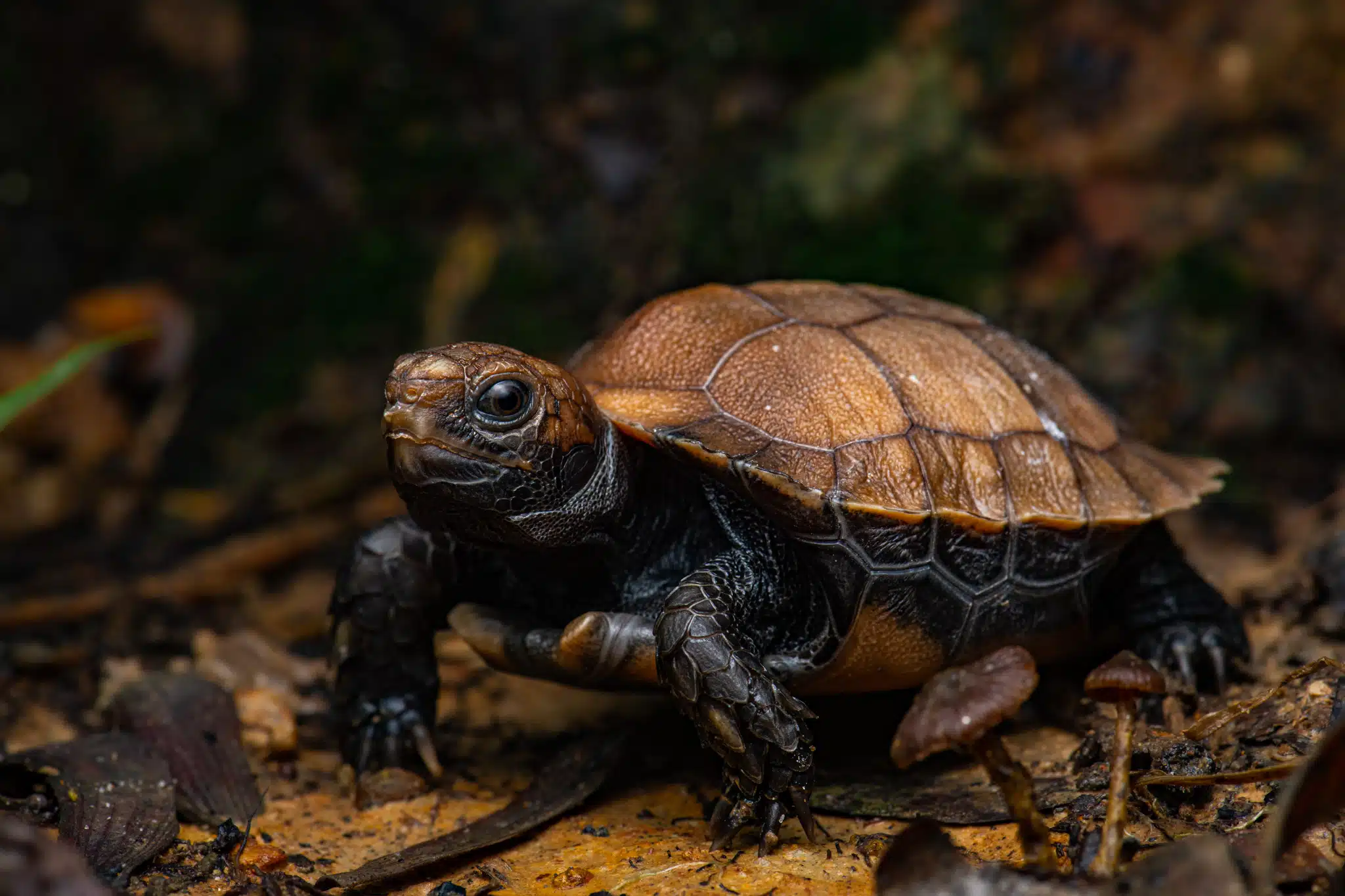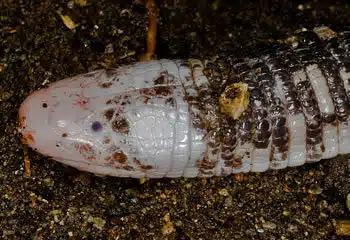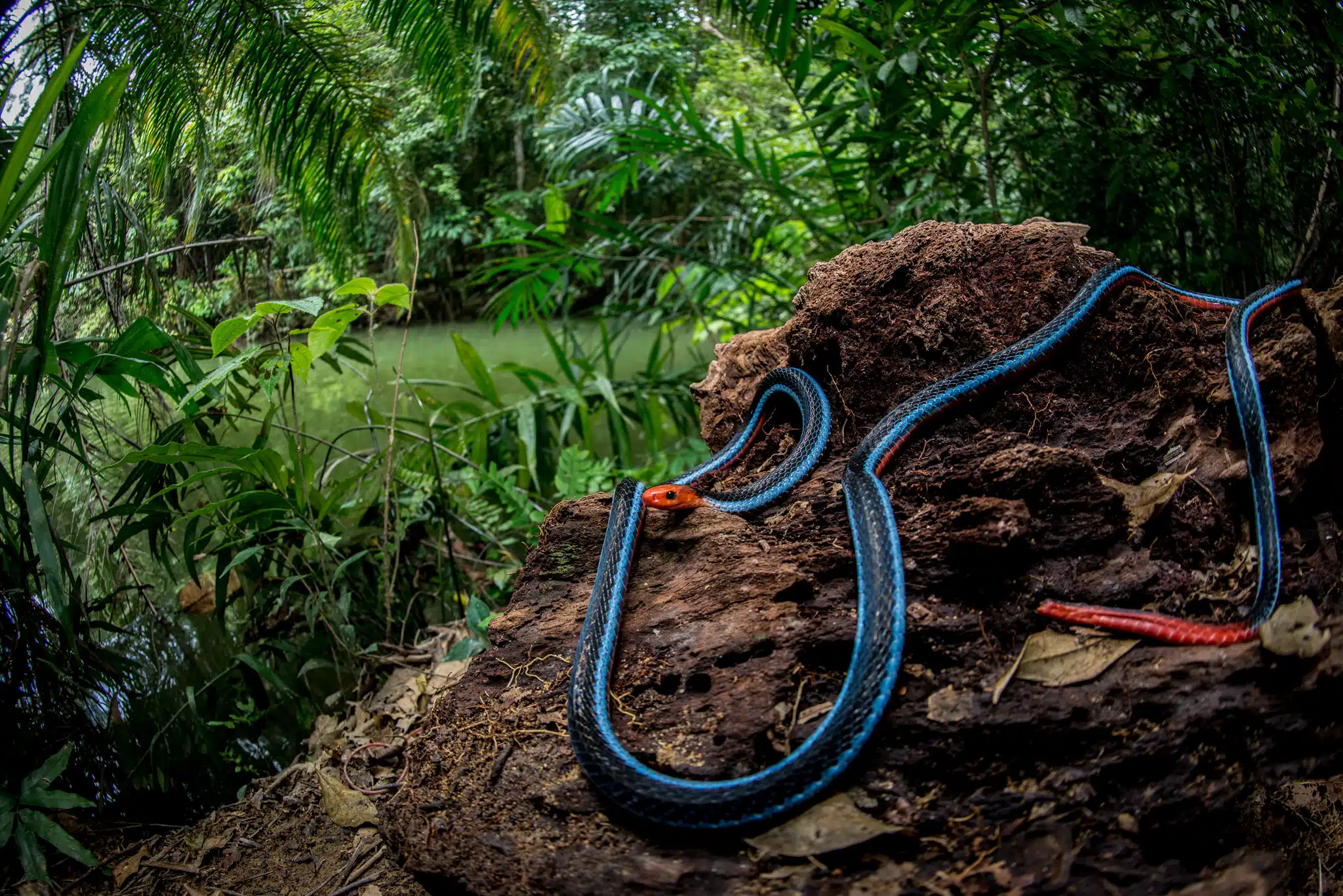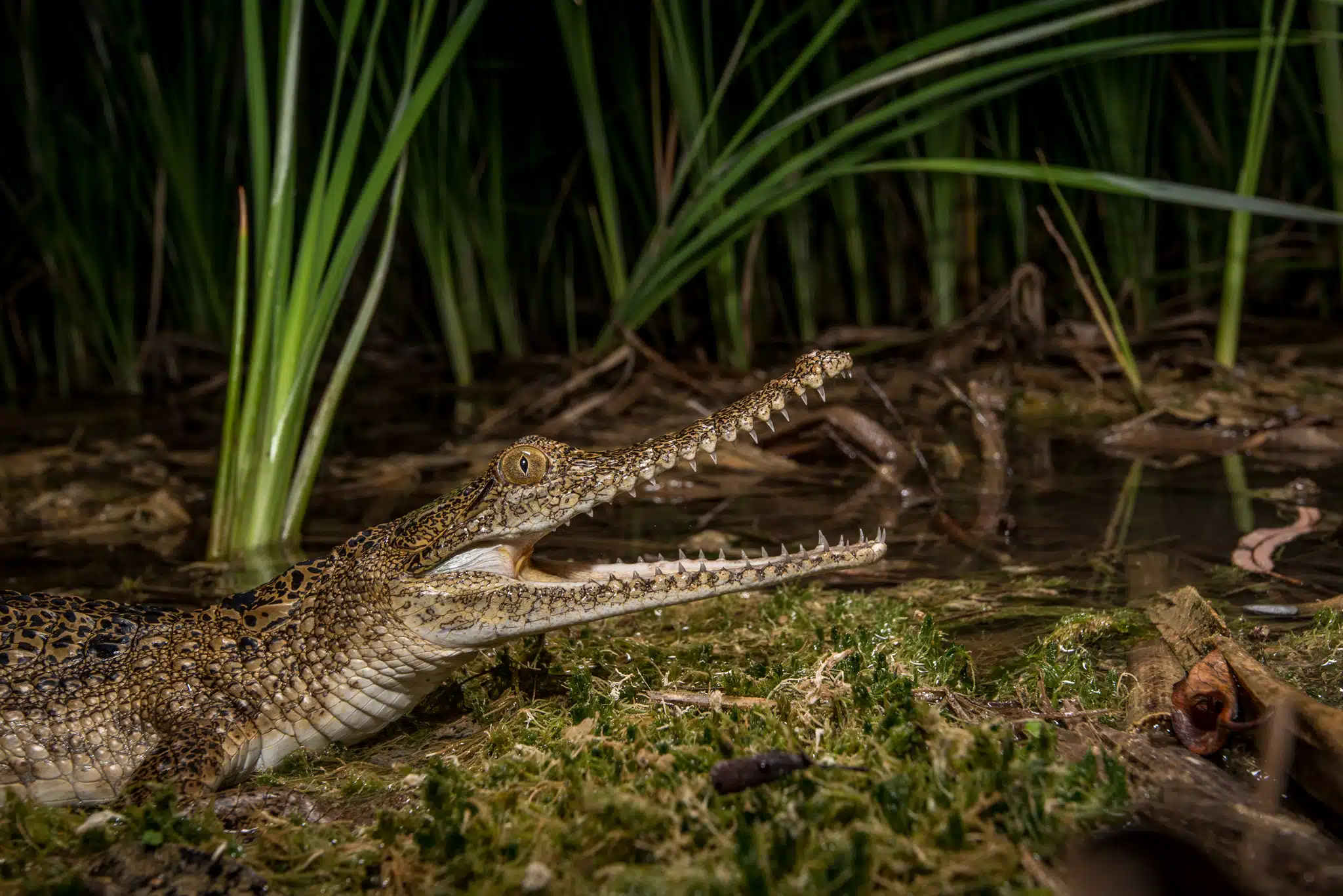About
Reptiles
Reptiles arose over 300,000,000 years ago, having evolved from a salamander-like ancestor. They represent a completion of the transition from life in water to a fully terrestrial lifestyle (although some reptiles have returned to the water). Waterproof skin and a water-resistant egg means that reptiles can live in places and ways that amphibians can’t. There are over 8,700 currently recognized species, a large majority of which belong to the group Squamata, which includes the lizards, snakes, and worm-like amphisbaenians. These interesting facts about reptiles demonstrate the diversity and adaptability of these species.
Reptiles range in size from tiny geckos that easily rest on a dime to the giant Komodo dragon, which tops the scales at 150 kg (330 pounds)! Venom is widespread among reptiles, from many lizards and snakes that will, at most, produce an irritating sensation with their salivary secretions to deadly coral snakes and their relatives which produce neurotoxins that can cause cardiac arrest in short order. However, the vast majority of reptiles are absolutely harmless to humans, and there is much that we can learn from these species.
Reptiles exhibit some remarkable adaptations. Tails of lizards, for instance, are used for many purposes. The fat Gila monster of the Sonoran desert of North America uses its plump tail to store energy in the form of fat. African chameleons use their prehensile tail as a fifth limb to wrap around branches. The green iguana uses its tail as a whip-like weapon. But most fascinatingly, if a lizard doesn’t have a better use for its tail, the lizard can give it away. If a predator attacks many species of lizard, the tail is designed to fall off. This distracts the predator from the rest of the lizard so it can get away. So the rule for lizard tails is “use it or lose it!”.
Snakes have a remarkable evolutionary history. The earliest snakes were tiny, nearly blind fossorial (living underground) species, and fed on tiny prey like termites. Later, their descendants moved up above ground and re-evolved eyes from the vestiges of eyes left over from their ancient lizard ancestors. Further adaptations evolved that let their jaws disarticulate, or come apart, which let them eat prey much wider than the width of their heads.
The adaptability and evolution of snakes is a fascinating aspect of the natural world, and understanding these processes can help us to better understand the relationships between different species and the impacts of humans.
Cameras and Gear for Conservation
Donate
TBG Store
Threatened & Endangered Species
Climate Change
Insects
Amphibians
Amphibian Population Declines
Did You Know?
Snakes like boas and rattlesnakes have heat sensing organs on their faces to detect warm-blooded prey.
Beetles (Order Coleoptera) constitute the largest group of animals in the entire Animal Kingdom. Some 400,000 species have been described.
Many salamanders have no lungs at all and rely on breathing completely through their skin.
The word “bug” actually refers to a specific group of insects that include bedbugs, cicadas, leafhoppers and aphids. To prevent confusion, these creatures are sometimes known as “true bugs”.
Even though reptiles and amphibians are sometimes called “cold-blooded” they actually get heat from their surroundings and can be a lot warmer than so-called “warm-blooded” animals like mammals and birds.
The most toxic animal on earth, the golden poison frog, was once used to coat poison darts by indigenous peoples in what is now Colombia. A single frog holds enough toxin to kill 20,000 mice!
Toxin from a poison frog is now being used to develop a powerful new pain-reliever.
Gila monster venom was used to create perhaps the best treatment for diabetes available today.
What We’re Doing
We are collecting data that will help in the understanding of all types of reptiles. Our outreach work gets the word out there about these remarkable creatures and why we should all care about them.
What You Can Do
Keep learning about reptiles! Keep informed about what is happening with these remarkable creatures. And consider getting involved with TBG or other organizations that are working on the front lines to gain knowledge of their unique biology.
